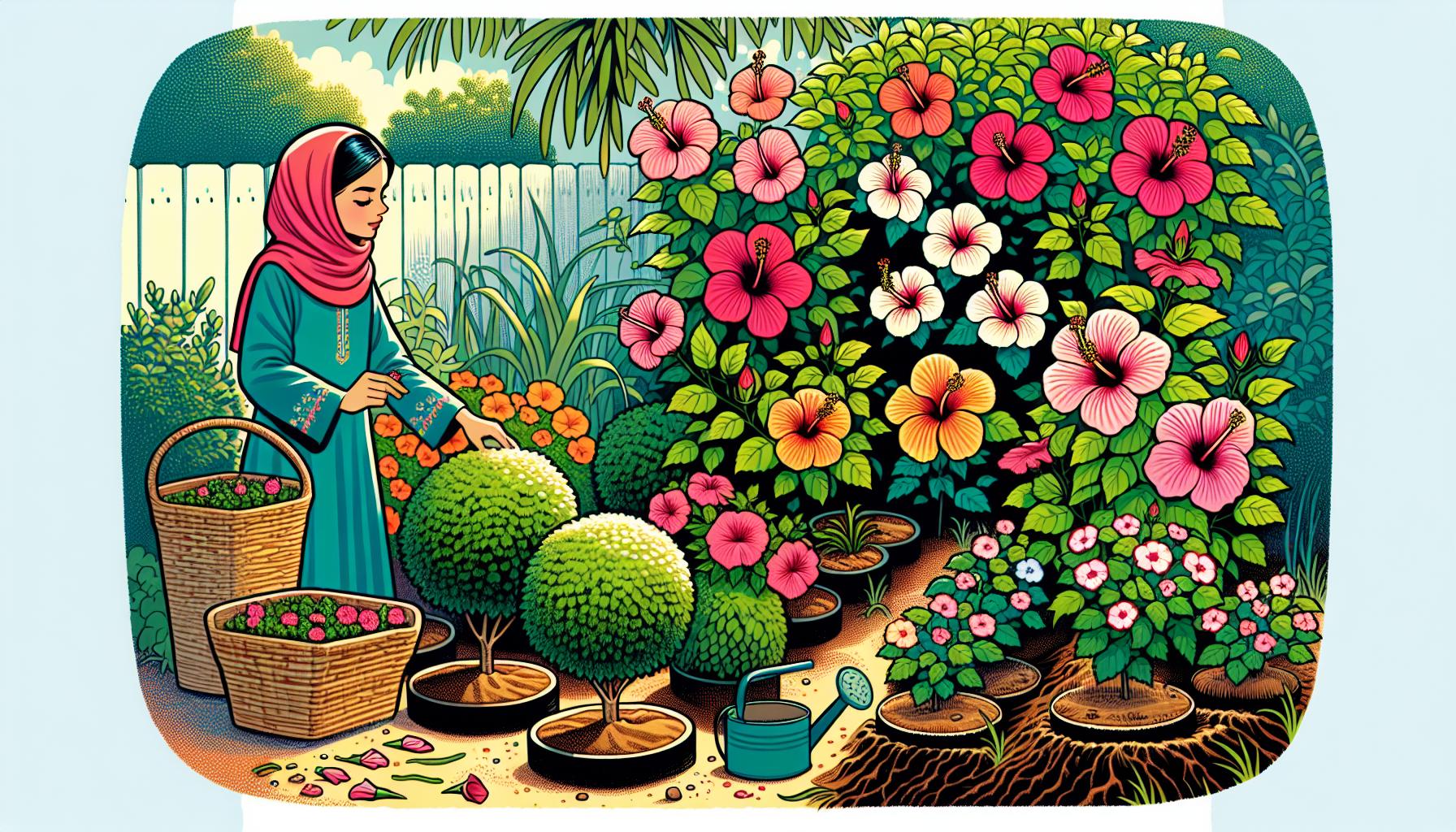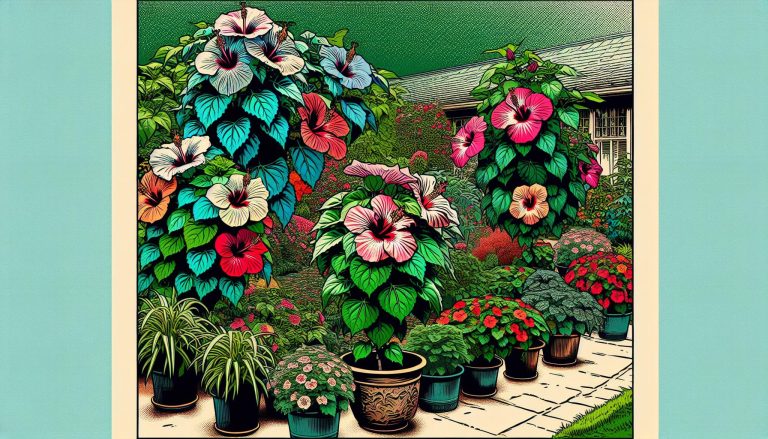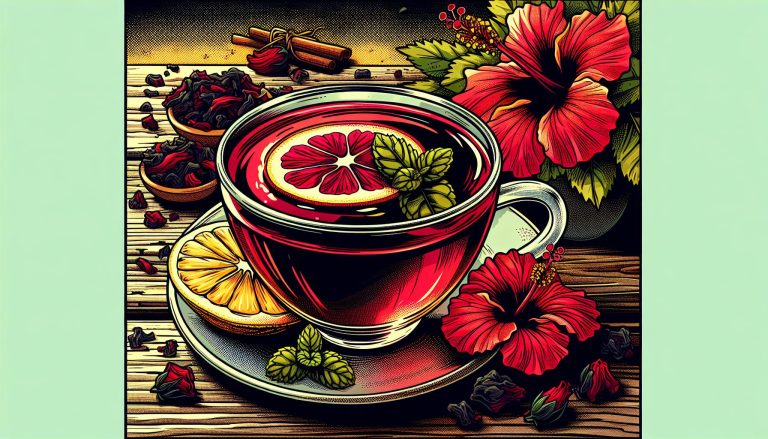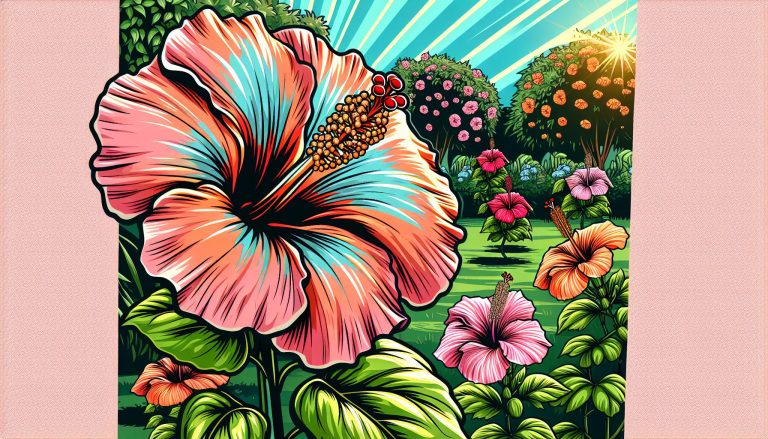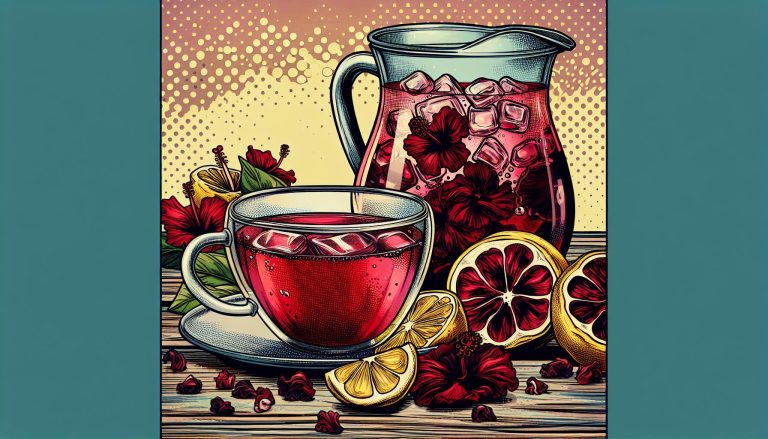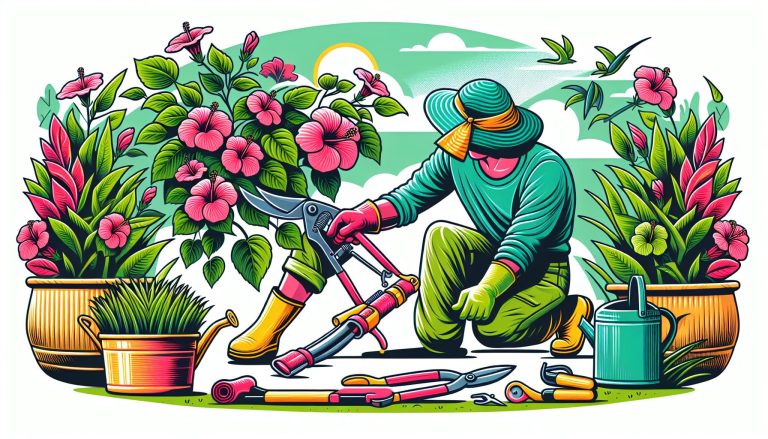Hibiscus Plants: Perennial or Not? Guide to Year-Round Blooms
As a passionate gardener, I’ve always been captivated by the vibrant beauty of hibiscus flowers. Their large, showy blooms can instantly transform any garden into a tropical paradise. But one question I often hear from fellow plant enthusiasts is, “Are hibiscus plants perennials?”
The answer isn’t as straightforward as you might think. While many hibiscus varieties are indeed perennials, thriving year after year, others are treated as annuals depending on your climate and growing conditions. In this article, I’ll dive into the fascinating world of hibiscus plants, exploring their diverse types and helping you determine whether your hibiscus will return season after season.
Understanding Hibiscus Plants
Hibiscus plants are known for their vibrant, showy flowers that add a tropical flair to gardens. To determine if hibiscus plants are perennials, it’s essential to understand the different types and their characteristics.
Types of Hibiscus
Hibiscus plants come in three main types: tropical, hardy, and rose of Sharon. Tropical hibiscus (Hibiscus rosa-sinensis) is native to warm climates and produces large, colorful flowers. Hardy hibiscus (Hibiscus moscheutos) is more cold-tolerant and features dinner plate-sized blooms. Rose of Sharon (Hibiscus syriacus) is a shrub-like variety with smaller flowers that bloom later in the season.
Tropical vs. Hardy Hibiscus
Tropical hibiscus thrives in warm climates (USDA zones 9-11) and is often grown as a houseplant in cooler regions. It’s sensitive to cold and frost, requiring protection or indoor storage during winter. Hardy hibiscus, on the other hand, can withstand colder temperatures (USDA zones 4-9) and is truly perennial in these areas. It dies back to the ground in winter but regrows from its roots in spring. Rose of Sharon falls between these two, hardy in USDA zones 5-9 and maintaining its woody structure throughout winter.
Are Hibiscus Plants Perennials?
Hibiscus plants’ perennial status depends on various factors, including species, climate, and care. While some hibiscus varieties are true perennials, others may behave as annuals in certain conditions.
Factors Affecting Perennial Status
The perennial nature of hibiscus plants is influenced by:
- Species: Different hibiscus species have varying levels of cold hardiness.
- Growing conditions: Soil quality, sunlight exposure, and water availability impact plant longevity.
- Care and maintenance: Proper pruning, fertilization, and winter protection enhance perennial performance.
- Plant health: Strong, well-established plants are more likely to survive harsh conditions.
- Cultivar selection: Some cultivars are bred for improved cold tolerance or adaptability.
Climate Considerations
Climate plays a crucial role in determining a hibiscus plant’s perennial status:
- Tropical hibiscus: Perennial in USDA zones 10-12, annual in colder regions.
- Hardy hibiscus: Perennial in USDA zones 4-9, dies back in winter and regrows in spring.
- Rose of Sharon: Perennial in USDA zones 5-9, tolerates colder temperatures.
In colder climates:
- Container-grown tropical hibiscus can be overwintered indoors.
- Hardy hibiscus benefits from winter mulching to protect roots.
- Microclimate selection (e.g., sheltered areas) improves survival chances.
- Tropical hibiscus thrives year-round with minimal protection.
- Hardy hibiscus may have a longer growing season and increased flower production.
- Proper watering and shade during extreme heat ensure optimal growth.
Growing Hibiscus as Perennials
Growing hibiscus as perennials requires understanding their specific needs and providing the right care. I’ll share my insights on creating ideal growing conditions and effective overwintering techniques to help your hibiscus thrive year after year.
Ideal Growing Conditions
Hibiscus plants thrive in well-draining, slightly acidic soil with a pH between 6.0 and 6.5. They need full sun to partial shade, with at least 6 hours of direct sunlight daily. I water my hibiscus deeply and regularly, keeping the soil consistently moist but not waterlogged. Tropical hibiscus prefer temperatures between 60°F and 90°F, while hardy hibiscus can tolerate cooler temperatures. I fertilize my plants monthly during the growing season with a balanced, water-soluble fertilizer to promote healthy growth and abundant blooms.
Overwintering Techniques
For tropical hibiscus in colder regions, I bring potted plants indoors before the first frost. I place them near a sunny window and reduce watering frequency. Hardy hibiscus and Rose of Sharon can stay outdoors in their growing zones. I cut back the stems to about 6 inches above ground level after the first frost and apply a thick layer of mulch around the base to protect the roots. In spring, I remove the mulch gradually as temperatures warm up, allowing new growth to emerge. For extra protection in borderline zones, I cover the plants with burlap or frost cloth during severe cold spells.
Benefits of Perennial Hibiscus
Perennial hibiscus plants offer numerous advantages for gardeners. These long-lasting beauties provide value and enjoyment year after year, making them an excellent choice for any garden.
Long-Term Garden Beauty
Perennial hibiscus plants create stunning, long-term visual appeal in gardens. Their large, showy flowers bloom repeatedly throughout the growing season, adding vibrant splashes of color to landscapes. Hardy hibiscus varieties, in particular, return each spring with renewed vigor, producing an abundance of eye-catching blooms that can reach up to 12 inches in diameter. The plants’ attractive foliage also contributes to the garden’s overall aesthetic, even when not in bloom.
Cost-Effective Gardening
Investing in perennial hibiscus is a smart financial decision for gardeners. Unlike annuals that require yearly replacement, perennials return season after season, reducing the need for frequent plant purchases. This long-term approach to gardening saves money on new plants, soil, and labor costs associated with replanting. Additionally, well-established perennial hibiscus plants often produce seeds or can be propagated through cuttings, allowing gardeners to expand their collection or share with friends at no extra cost.
Common Challenges with Perennial Hibiscus
Growing perennial hibiscus can be rewarding, but it’s not without its challenges. I’ve encountered several issues in my years of cultivating these stunning plants, and I’ll share my insights on overcoming two primary obstacles: pest and disease management, and pruning and maintenance.
Pest and Disease Management
Hibiscus plants are susceptible to various pests and diseases. Common pests include aphids, whiteflies, and spider mites, which feed on the plant’s sap and can cause leaf discoloration and stunted growth. Japanese beetles and hibiscus sawflies may also damage foliage. Diseases like leaf spot, root rot, and botrytis blight can affect hibiscus plants, especially in humid conditions.
To manage these issues:
- Inspect plants regularly for signs of infestation or disease
- Use insecticidal soaps or neem oil for pest control
- Improve air circulation by spacing plants adequately
- Apply fungicides when necessary to control fungal diseases
- Remove and destroy infected plant parts promptly
Pruning and Maintenance
Proper pruning and maintenance are crucial for healthy perennial hibiscus. Pruning encourages bushier growth and more blooms, while proper maintenance ensures the plant’s overall health and longevity.
Pruning tips:
- Prune hardy hibiscus to the ground in late winter or early spring
- Trim tropical hibiscus in early spring to maintain shape and size
- Remove dead, damaged, or crossing branches throughout the growing season
- Fertilize monthly during the growing season with a balanced, water-soluble fertilizer
- Mulch around the base to retain moisture and suppress weeds
- Water deeply and consistently, especially during dry spells
- Deadhead spent blooms to encourage continuous flowering
- Provide winter protection for hardy varieties in colder regions
Conclusion
Hibiscus plants can be perennials with the right care and conditions. Whether you choose tropical hardy or rose of Sharon varieties your garden can benefit from their stunning blooms year after year. By understanding your climate selecting the right species and providing proper care you’ll enjoy these beautiful flowers for seasons to come. Remember that even in colder regions there are ways to protect and nurture your hibiscus ensuring their return each spring. With the knowledge and tips I’ve shared you’re well-equipped to cultivate thriving perennial hibiscus plants that’ll be the envy of your neighborhood.

